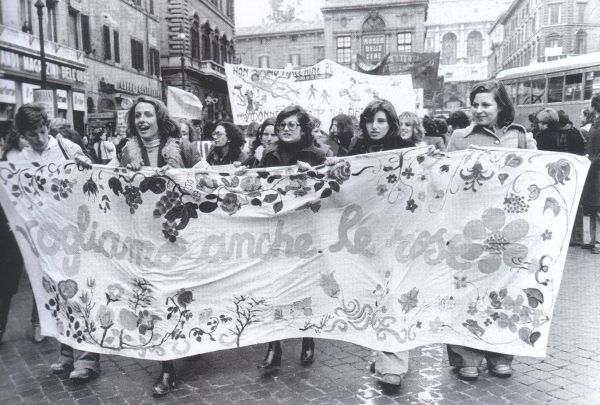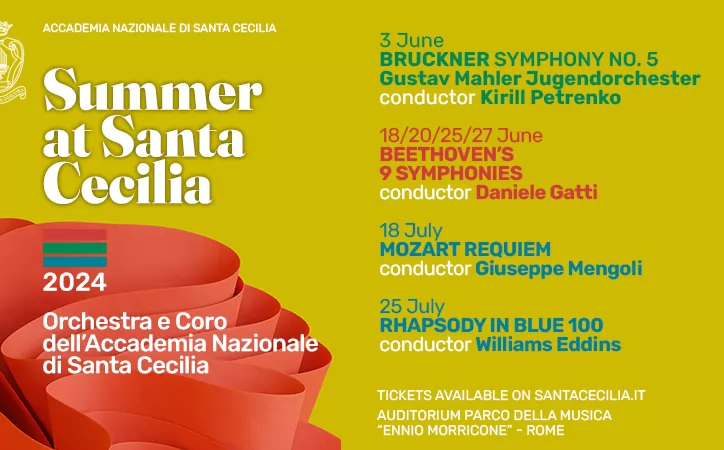The introduction of divorce into the Italian legal system has had a long and difficult journey accompanied by debates that have raged for almost a century. Following the 1929 concordat between Italy and the Roman Catholic Church, a political treaty created the Vatican City State and guaranteed full and independent sovereignty to the Holy See. However the Church retained spiritual jurisdiction in Italy and marriage was seen to fall within this ambit. It was not until 1970 that “divorce” — or rather the dissolution of marriage — entered into the Italian civil code. After that, a judge could dissolve a marriage but this only impacted on the civil aspects of the union and in no way impaired either the validity of the religious act of marriage or its effects. The divorce process was long and difficult and could take five to six years.
The 1978 law, updated in 1987 and referred to as the Italian Divorce Law, is the current source of law for divorce in Italy. Under this, a final divorce decree can only be issued by a judge after three continuous years of legal separation.
However the divorce law is under review once again. In May 2014 a bill to shorten the divorce process (divorzio breve) was approved in the chamber of deputies by a majority of 381 votes in favour, 30 against and 14 abstentions. This bill is now being considered by the senate. It is already running into opposition but if approved it will be applicable immediately to divorce cases already being processed. If its terms are changed in the senate then it will have to return to the chamber of deputies for re-approval.
The bill proposes to reduce the waiting period for consensual divorces to six months, and couples wishing to divorce will no longer be required to appear before a judge but may resolve their issue through their respective lawyers. The waiting period for contested divorces will be reduced to 12 months, and attempts will be made to resolve issues between spouses through an arbitration process before resorting to judicial proceedings.
The changes in the proposed new act do not seem to impact substantially on other issues surrounding divorce such as maintenance, child custody and division of assets and therefore for the purposes of this article information surrounding these issues will be cited from the existing divorce law.
With regard to maintenance, Italian law grants divorce solely in the event of “irretrievable breakdown of marriage” and not on the basis of “fault”, therefore neither party may claim damages in their divorce settlement.
Maintenance is seen as assistance and not as a compensation and is therefore granted to the financially weaker party only if he or she can prove no appropriate means to provide for him- or herself or minor children (inability to work due to illness or other reasons). Maintenance is not based on the level of the quality of life during the marriage but rather on sustaining a basic quality of life after the divorce.
Maintenance granted at the time of divorce may be reversed at a later date should the claimant regain the ability to support him- or herself. It can also be adjusted to accommodate increases in the cost of living. A spouse with no recourse to medical assistance is entitled to existing health insurance from the other party. Maintenance is normally paid in monthly instalments at the source of earning but in some cases a once-off lump sum may be awarded and, once this has been paid, the claimant has no further recourse to claim. Under Italian law, maintenance is always payable for children.
With regard to child custody, law 54 of 2006 introduced the fundamental principle of the joint custody of children upon breakdown of marriage. Article 155 of the civil code now expressly provides that, even in the case of legal separation, minor children have the right to a balanced and continuous relationship with both parents and to receive care, education and instruction and the right to maintain meaningful connections with the relatives of each parent. The same rules are applicable in the case of divorce. Sole custody of children will only be considered in three situations: when one of the parents is undoubtedly and seriously unsuitable to provide an education to the children; if one of the parents has an “abnormal way of life” which appears to be dangerous to the children; or when there is a categorical refusal of the children to have a relationship with a parent. The existence of a disagreement between the parents is not relevant, unless the conflict is so serious as to alter and affect the balanced growth of the children. Parents are jointly responsible for the material and spiritual needs of their children, even after the age of 18, until they have appropriate financial means to take care of themselves. No parent may remove a child from Italy and relocate abroad unless they have the explicit permission of the other parent; doing so constitutes abduction.
Italian law allows for two marriage regimes, either to hold all assets jointly (comunione dei beni) or to hold them separately (separazione dei beni). As of 1975 couples are given the option to indicate at the time of their civil or Catholic wedding which system they choose. If no preference is exercised, the couple are automatically considered to own their assets jointly. The preference of the patrimonial regime can be changed through a public deed in the presence of a notary at any time during the life of the conjugal union.
In opting for separazione dei beni, the parties to marriage agree that each individual partner is the sole proprietor of their personal assets both before and during their marriage. The individuals thus have the right to use or administrate their individual assets as they see fit, independently of each other and with no claim whatsoever in the event of divorce. After marriage, any assets which they acquire jointly must state both names on the contract of purchase as well as what percentage of the asset may be attributed to each owner. In the event of divorce joint assets are split according to the percentages reflected in the purchase contract. Each individual is responsible for his or her own debts.
In opting to be married in comunione dei beni, any assets acquired after marriage, even if purchased independently, belong to both spouses. This includes real estate, businesses, cars and household contents with the exception of personal effects. With regard to companies, business ventures and investments entered into prior to marriage by one of the parties but managed by both during the marriage, the actual asset remains that of the purchaser but the productive gain of the assets during the marriage belongs to both parties. As one shares in the fortunes, so too one shares in the failures. Any debts incurred during the period of marriage are shared.
Under the newly proposed system, a more active role in the divorce process is entrusted to both parties' legal representatives, thus taking the load off the judicial system. Therefore, the need to choose a lawyer that you can trust and understand and who you know will represent your best interests is increasingly important.
Studio Legale Annino
Previous articles in this series:
3 April 2013. Buying property in Italy
8 May. Italian criminal trials
5 June. Leasing an apartment
3 July. The condominium handbook
7 Aug. Healthcare: Service or sufferance
11 Sept. Medical malpractice laws in Italy
2 Oct. Claiming for road accidents in Italy
6 Nov. Taxation time in Italy
8 Jan 2014. Italian wills and estates
2 April. Hatched and dispatched in Italy
5 May. Getting married in Italy



























